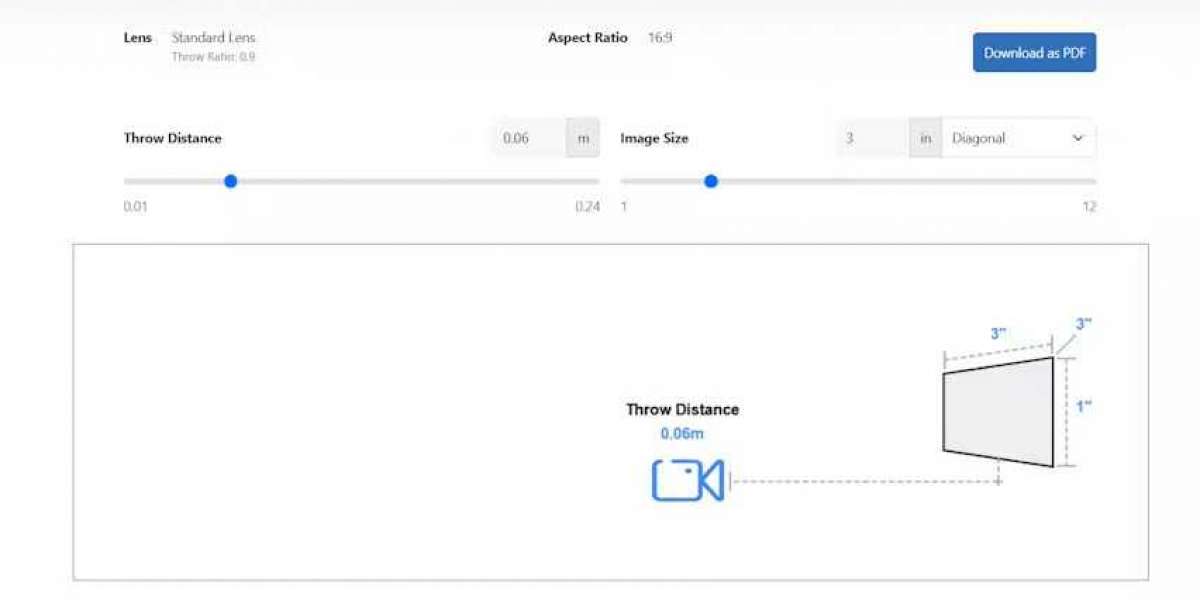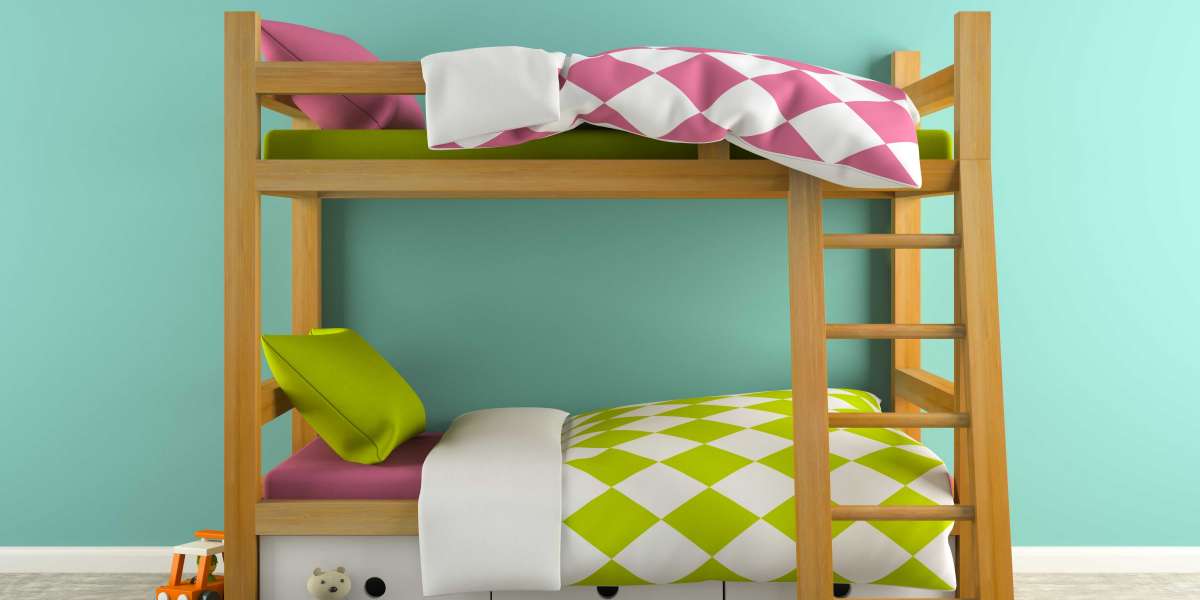Setting up a projector for a home theater, classroom, or conference room involves more than simply turning it on and projecting an image. Achieving the best image quality, proper alignment, and viewer comfort requires careful planning of projector placement. The ideal placement depends on multiple factors including throw distance, screen size, room dimensions, and projector type. In this blog, we will explore what determines the ideal placement of a projector and provide guidance to ensure a perfect setup every time.
Understanding Projector Placement
Projector placement refers to the position of the projector relative to the screen in a horizontal, vertical, and depth dimension. Correct placement ensures that the projected image is the right size, aligned with the screen, and clear for all viewers. Improper placement can lead to issues such as keystone distortion, cropped images, poor focus, and uneven brightness.
Several key factors influence ideal placement, and understanding these elements is essential for both home users and AV professionals.
1. Throw Distance
Throw distance is the distance between the projector lens and the screen. It is determined by the projector’s throw ratio, which specifies how far the projector must be from the screen to produce a desired image width. The formula is:
Throw Distance = Throw Ratio × Image Width
For example, a projector with a throw ratio of 1.5:1 projecting an 8-foot-wide image requires a throw distance of 12 feet. Calculating throw distance accurately ensures that the projected image fills the screen without distortion or overspill.
Short throw and ultra short throw projectors have lower throw ratios, allowing large images from shorter distances. Knowing the throw distance helps you decide whether to use a ceiling mount, tabletop placement, or wall installation.
2. Screen Size and Aspect Ratio
The size of the screen is a critical factor in determining projector placement. Larger screens require longer throw distances for standard projectors, while smaller screens can be used with shorter throw distances. The aspect ratio, such as 16:9 for home theaters or 4:3 for classrooms, also affects placement because it determines the height of the image and the vertical alignment required.
Proper alignment ensures that the image is centered on the screen and viewers can see the entire image without distortion.
3. Room Dimensions and Layout
The size and layout of the room significantly influence projector placement. Measure the room length, width, and ceiling height to ensure the projector can be installed at the correct distance without obstruction.
Obstacles such as furniture, lighting fixtures, or doors may limit placement options. In small rooms, a short throw projector may be ideal to avoid projecting from long distances, while larger rooms can accommodate standard throw projectors for bigger images.
4. Projector Height and Lens Shift
Vertical placement of the projector is crucial for proper image alignment. Ideally, the projector lens should be aligned with the center of the screen or adjusted using lens shift if available. Ceiling-mounted projectors require inverted installation, while tabletop projectors can sit on a shelf or stand.
Lens shift allows minor adjustments to vertical and horizontal alignment without physically moving the projector, reducing keystone distortion and preserving image quality.
5. Viewing Distance and Angles
The distance between the viewers and the screen affects the ideal screen size and projector placement. A common guideline is to have a viewing distance between 1.5 to 2.5 times the diagonal screen size for 1080p resolution and 1 to 1.5 times for 4K resolution.
Proper placement ensures that all viewers, whether seated in the front, middle, or back of the room, have a comfortable viewing angle and can see the entire image clearly.
6. Ambient Light Conditions
Ambient light impacts the perceived brightness and contrast of the projected image. In rooms with high ambient light, projectors may need to be brighter or positioned to minimize glare and reflections. Choosing the correct screen placement can help reduce washout caused by windows, lights, or reflective surfaces.
7. Projector Type
Different projector types have unique placement requirements. Standard throw projectors require more distance, while short throw and ultra short throw projectors can produce large images from a few feet away. Knowing the projector type helps determine whether it should be ceiling-mounted, wall-mounted, or placed on a table or shelf.
8. Installation Method
The installation method also influences placement. Ceiling mounts are preferred for permanent setups in theaters and classrooms, as they save space and provide stability. Tabletop placement is flexible and suitable for temporary setups or portable projectors. Wall-mounted projectors can save floor space but may require careful alignment and adjustments.
Tools to Determine Ideal Placement
Professional AV tools like XTEN-AV simplify projector placement planning. By inputting projector specifications, screen size, room dimensions, and seating arrangements, XTEN-AV can provide:
Recommended throw distance
Ideal height and alignment
Visual layouts of projector placement relative to the screen and room
Suggestions for ceiling or tabletop installation
Using tools like XTEN-AV reduces errors, saves time, and ensures that the projector setup delivers the best image quality.
Practical Tips for Ideal Projector Placement
Measure Twice: Accurately measure room dimensions, screen size, and throw distance before installation.
Use Lens Shift and Keystone Correction Carefully: Avoid excessive digital correction, which can reduce image quality.
Consider Ambient Light: Minimize direct light on the screen to maintain contrast and brightness.
Check Seating Layout: Ensure all viewers have a clear line of sight to the screen.
Test Before Final Installation: Temporarily place the projector and adjust focus, alignment, and size before permanently mounting.
Conclusion
The ideal placement of a projector depends on multiple factors, including throw distance, screen size, room dimensions, projector type, viewing angles, and ambient light conditions. Correct placement ensures a clear, bright, and properly aligned image, providing the best viewing experience for all viewers.
Using professional tools like XTEN-AV makes calculating and visualizing projector placement easy, accurate, and efficient. By considering all relevant factors and planning carefully, users can achieve a perfect projector setup, whether for a home theater, classroom, or conference room. Proper placement not only improves image quality but also enhances viewer comfort and ensures a professional, polished installation every time.
Read more: https://whatson.plus/blogs/82591/Why-Does-Throw-Ratio-Matter-in-Projector-Setup








